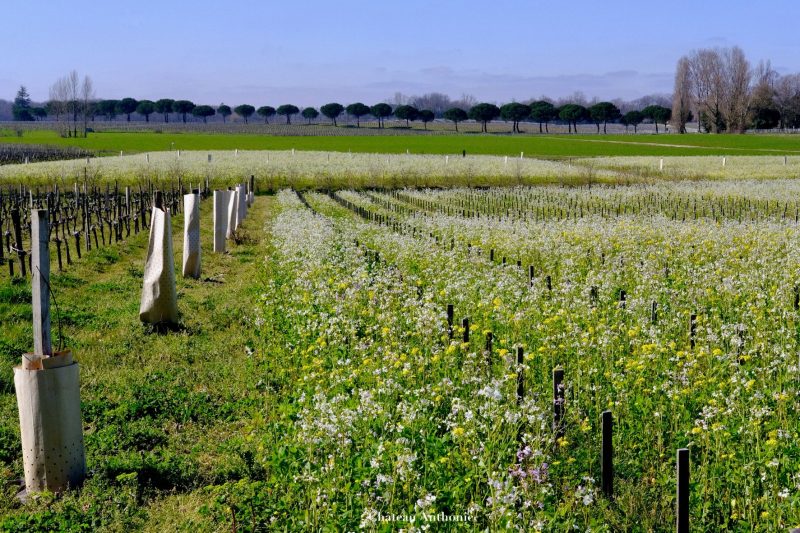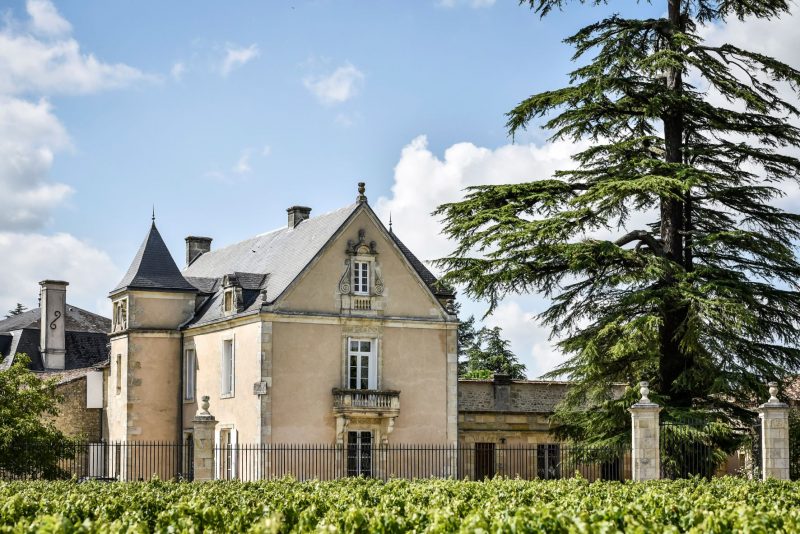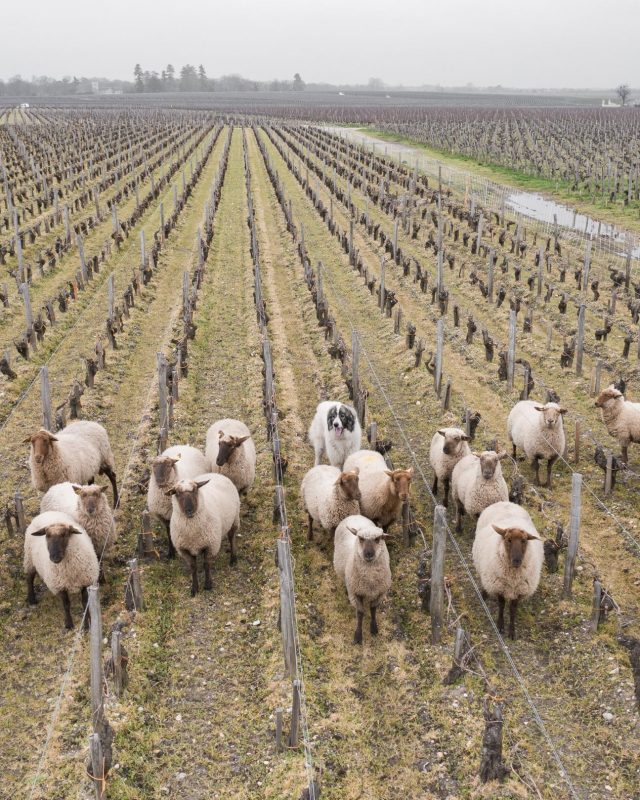
It is impossible to put forward a single reason to explain the exceptional character of the wines produced in the Médoc. Whether it is the beautiful interaction between a warm and misty climate, the blends of grape varieties or its winemakers, all of which makes the region unique and appreciated amongst wine lovers.
Located along the Gironde estuary, a stone’s throw North-West of Bordeaux, Médoc covers an area of more than 16,000 hectares. The Médoc region, is divided into 8 appellations: two regional AOCs (Haut Médoc and Médoc) and six communal AOCs (Margaux, Saint Julien, Pauillac, Saint Estephe, Listrac-Médoc and Moulis en Médoc).
Today, the Médoc region has four First-Growths from the 1855 Bordeaux Classification highlighting the greatness of its wines. Although this classification is the most prestigious, let us not forget the Crus Bourgeois as well as the Crus Artisan. The Médoc also holds many family-run vineyards who have made the decision not to belong to any classification even though the quality of their wine has all the characteristics needed to qualify. They represent 25% of the total Medoc production. Your curiosity will pay off! The richness of Médoc’s region can also be found in his cooperatives and vintners.
It would be wrong to believe that this region is made up only of large properties. Quite the contrary! Médoc properties average 20 hectares. Therefore, you are more than likely to meet wine lovers who have made their passion their work and family properties handed down through the generations.
A story that never ceases to be written and to surprise!
Recognized throughout the world, Médoc crus have a history that mixes tradition and reinvention. Take a few moments to discover it with us.
We must go back as far as the 1st century AD to understand the start of this exceptional region. The first vineyards of Bordeaux, known at the time by the Roman name of Burdigala, were introduced in the region by Celtic warriors. Current Bordeaux grapes all descend from variety planted at that time.

In 1152, Eleanor, Duchess of Aquitaine, married Henri Plantagenet, the future King of England. The English began to import Bordeaux wines and over the course of three centuries the region established a monopoly ranging from the production to the distribution of wines. The first renown properties were created in the 16th century through the joint work of the Parliament of Bordeaux and its’ merchants. From that time on, advanced winegrowing techniques took shape.
The Médoc winemakers continue their work today by combining technology and innovative agricultural methods. This care of production pays off. Indeed, the Médoc is the only region to have an official classification of artisanal wines celebrating the mastery of the entire production chain.

This is also reflected in the Médoc’s transition towards sustainable agriculture. More than 60% of the areas where the vines grow are certified or engaged in an environmental practice, as is the case with the Organic Agriculture label.

For a weekend or a real pilgrimage, we invite you to come and meet these winemakers who each have a unique and precious history that they can’t wait to share with you.
